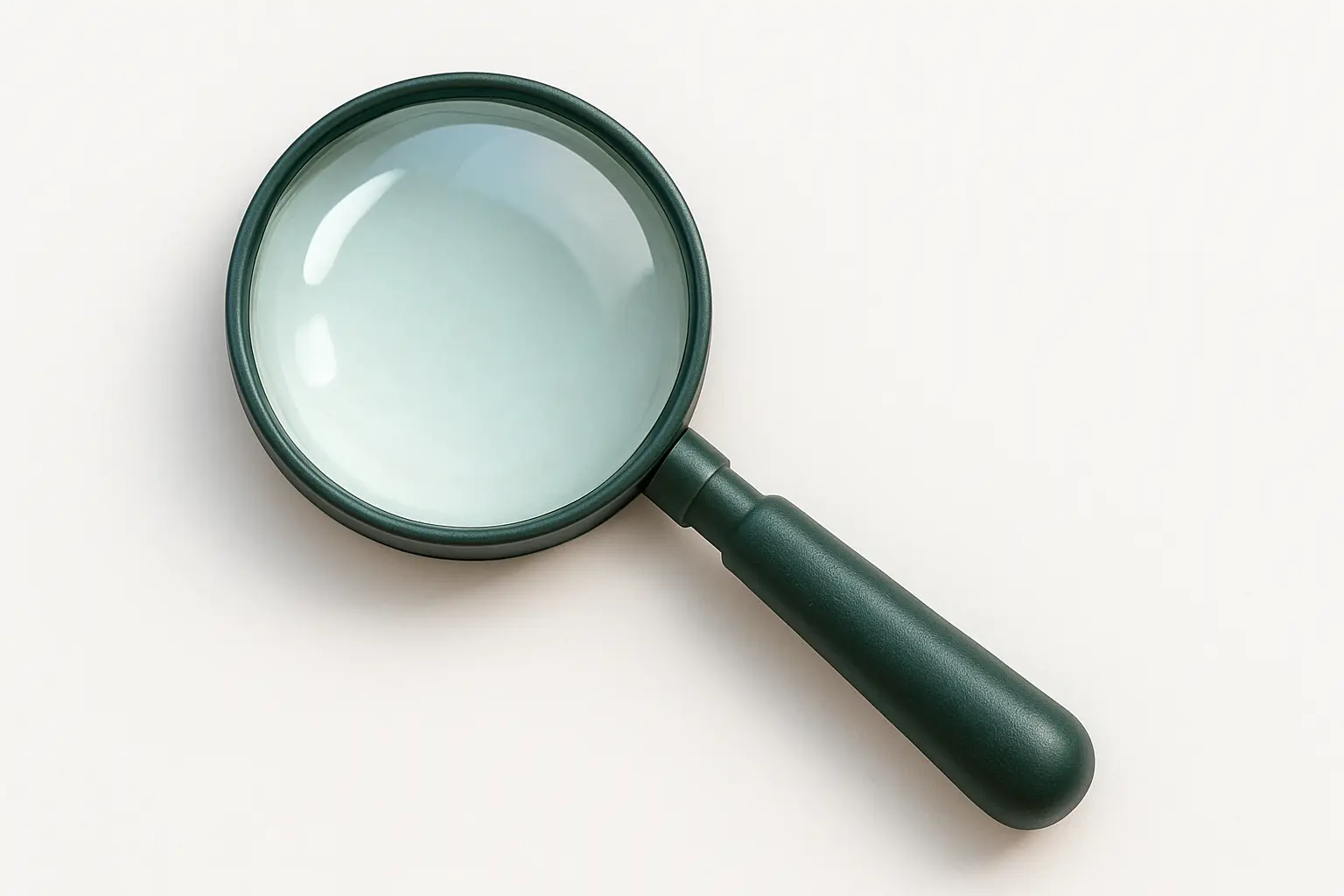Why Clothing Brands Have Differing Sizing Charts
Author: Stylist at TellarDate: 2025
And How You Can Shop Smarter Without the Confusion
Introduction: The Sizing Dilemma
You find the perfect dress online, select your usual size, and wait excitedly. When it arrives, it’s too tight — or worse, way too big. You double-check the size chart… but it’s different from the last brand you bought from.
This is the modern fashion dilemma: the number on the label means something different in every shop. Why? Because clothing brands all use different sizing charts, often with little explanation.
In this article, we’ll explore exactly why sizing charts vary from brand to brand — and how tellar.co.uk gives you a way to find your real size across 1,500+ brands using your actual measurements.
1. There’s No Universal Standard for Clothing Sizes
The biggest reason for sizing variation is simple:
👉 There is no global or UK-enforced sizing standard for clothing.
While shoes tend to follow semi-universal sizing (e.g. UK 6, US 8, EU 39), clothing is the Wild West. Each brand creates its own internal size chart and assigns numbers (6, 8, 10, etc.) however it chooses.
What this means for you:
A UK size 10 in one brand might be a size 8 in another
Two garments labelled the same size can differ by up to 4 inches
Even within the same shop, sizing can vary by category
2. Brands Use Different Fit Models
Every brand designs its clothes around a fit model — a real person used to define the measurements behind each size.
But here’s the catch: every brand chooses a different fit model.
For example:
COS often uses tall, straight-framed fit models
White Stuff designs for fuller, curvier figures
Zara uses narrower cuts, often based on European samples
So even if the size label is the same, the proportions (torso length, shoulder width, hip shape) can vary drastically.
3. Vanity Sizing Distorts Reality
Vanity sizing is when brands label larger garments with smaller size numbers to make customers feel better about the size they wear.
For example:
A 30-inch waist may be labelled a size 12 in one shop and a size 10 in another
Some shops deliberately downsize their numbers to keep up with competitors
This leads to massive inconsistency — and confusion when you try to shop across multiple brands.
4. International Conversion Adds to the Chaos
Brands that sell globally (e.g. Zara, H&M, Mango, Uniqlo) use regional conversion charts, which are often unclear or imprecise.
Region | Size 10 Equivalent |
|---|---|
UK | 10 |
US | 6 |
EU | 38 |
Japan | 11 |
Some brands post inaccurate conversion tables or change them across product categories. Others don’t post one at all.
5. Fabric Type & Garment Category Affect Sizing
Sizing also changes based on:
Fabric (stretch fabrics may fit tighter or looser)
Fit style (relaxed vs tailored vs oversized)
Category (e.g. dresses vs jeans vs jackets)
A size 12 jersey dress might be forgiving, while a size 12 denim jean in the same store might be uncomfortably tight.
This is why one brand can contain multiple interpretations of the same size, depending on the product.
6. Sizing Evolves Over Time
A brand may update its size charts over the years, especially in response to:
Changing body demographics
New designers joining the team
Customer return rates and complaints
That means if you were a size 14 in Brand X five years ago, you may now be a size 12 — without your body changing at all.
Example: One Body, Many Sizes

Let’s say your measurements are:
Chest: 92cm
Waist: 74cm
Hips: 99cm
Here’s how some popular UK brands might label your size:
Brand | Your Size |
|---|---|
Zara | L |
Mango | M/L |
H&M | 12 |
COS | 14 |
Reiss | 14 |
White Stuff | 12 |
Six different sizes. One body. That’s why a measurement-based approach is far more accurate.
Solution: Tellar.co.uk Matches You to Each Brand’s Actual Chart
tellar.co.uk is a free UK-based sizing tool that lets you find your correct size in 1,500+ brands based on your body measurements.
No more comparing charts. No more guesswork.
How It Works
Measure Yourself Once
Chest
Waist
Hips
In cm or inches (Tellar accepts both)
Create a Free Profile
Start here: /create-profile/
Look Up Any Shop
Visit: /store-size-lookup/
Get Your Real-Time Recommended Size
Tellar instantly tells you your correct size across brands like:
Zara
Mango
COS
White Stuff
Next
Reiss
& Other Stories
Massimo Dutti
And hundreds more.
Even If You Don’t Know Your Measurements…
You can still use Tellar.
If you know your size in any one brand, Tellar will estimate your measurements and apply them to other shops.
Just use the “I know my size in a store” option on the Login Page.
Key Features
✅ 100% Free — no subscriptions
✅ Dual unit support (cm/inches)
✅ Works for men and women
✅ Instant recommendations — no downloads
✅ Works on desktop and mobile
Follow Tellar.co.uk for Brand Sizing Tips
Instagram: @Tellarsizing
Twitter (X): @TellarSizing
Pinterest: https://www.pinterest.co.uk/TellarUK
Facebook: https://www.facebook.com/TellarSizing
Final Thought: You Deserve Better Than Guesswork
The number on your clothing label is just that — a number. It doesn’t reflect your body, your worth, or even your actual fit. Brands will always vary. That won’t change.
But what can change is how you shop — confidently, data-backed, and free from sizing confusion.
The Tellar Fashion Hub is the World's Largest, 100% Free, Fully searchable, Fashion Library. Filled with 4000+ Honest & Unbiased posts, written by our expert stylists.
No adverts, no sponsored posts, no subscriptions. We are 100% free to use.
We are paid by affiliates, but we never allow brands to influence our recommendations.
Honest, Unbiased, Accurate & Free.
